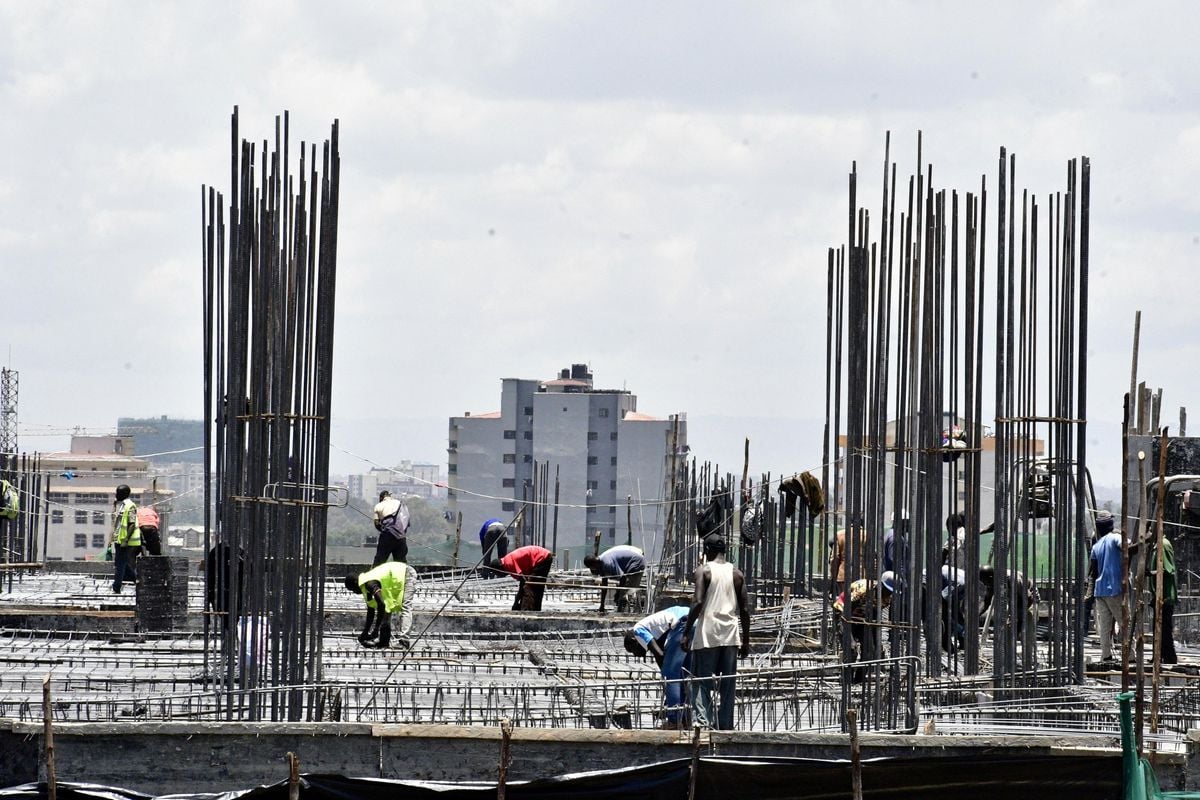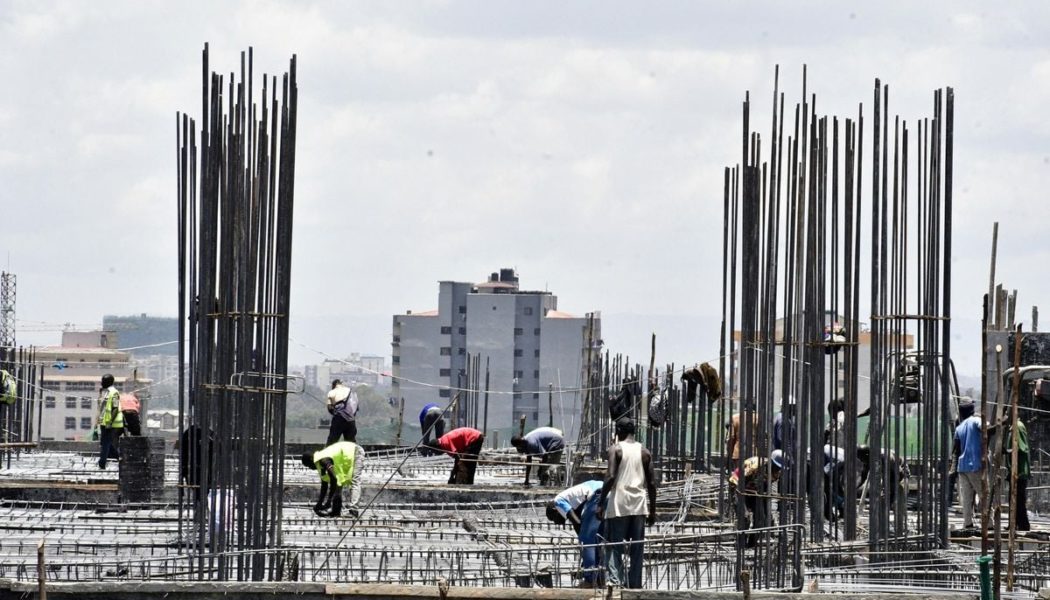
Businesses in real estate, trade and agriculture secors hit banks with Sh30.9 billion loan defaults in three months ended March, topping the list of defaulters amid a rise in interest rates.
Latest Central Bank of Kenya (CBK) reviews of the first quarter of the year shows the three sectors posted the highest jumps in non-performing loans, forcing banks to cut their exposure by reducing lending.
Real estate added the stock of gross non-performing loans (NPLs) by Sh15.4 billion to Sh117.1 billion at the end of March this year from Sh101.7 billion at the end of December last year.
Trade followed real estate, with NPLs surging by Sh8.3 billion in the same period that the agricultural sector hit banks with an additional Sh7.2 billion in defaults.
During the same period, building and construction, personal and household and energy and water followed with NPLs increasing by Sh2.1 billion, Sh1.8 billion and Sh0.7 billion respectively.
Overall, the gross NPLs for the banking sector increased by Sh20 billion to Sh641.3 billion by the end of March from Sh621.3 billion at the start of the year given that other sectors including manufacturing posted a reduction in NPLs.
The rise took the NPLs ratio—the proportion of loan book for which no interest or principal has been paid for at least three months—to 15.7 percent from 14.8 percent and CBK expects the risk of default to persist.
“Credit risk is expected to be elevated in the short to medium term … Interest rate risk is expected to be elevated on the back of rising interest rates,” said CBK.
Banks have reacted to the rise in defaults by cutting lending. CBK data showed net domestic credit to the private sector fell by Sh82.2 billion in the three-month period.
Major falls were seen in manufacturing (Sh38.8 billion), transport and communication (Sh20.7 billion), trade (Sh17.8 billion) and real estate (Sh11.6 billion), meaning that these sectors were repaying loans more than tapping new ones.
During the review period, manufacturing bucked the trend by posting a Sh8.5 billion drop in the stock of NPLs, partly driven by banks writing off some of the loans. The decline in NPLs in manufacturing reversed the trend where the sector has topped the chart of defaults, having seen a Sh45.7 billion or 52.2 percent rise in defaults last year.
Other sectors that saw a reduction in the stock of defaulted loans were transport and communication (Sh3.9 billion), tourism, restaurant and hotels (Sh2.2 billion), mining and quarrying (Sh0.7 billion) and financial services (Sh100 million).
“Manufacturing, and financial services sectors registered decreased NPLs, mainly due to write offs and repayments,” said CBK.
Separate CBK data shows the ratio deteriorated further to close April at 16.1 percent as agriculture, real estate, tourism, restaurant and hotels, trade and building and construction sectors posted more increases in NPLs.
The pre-tax profit of banks grew by 12.9 percent in the first quarter of the year to Sh73.5 billion. The sector is this month expected to release earnings for the first six months of 2024.









